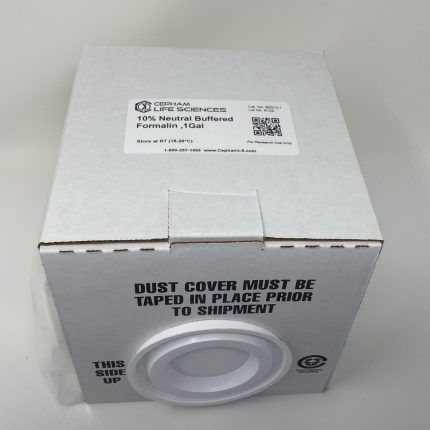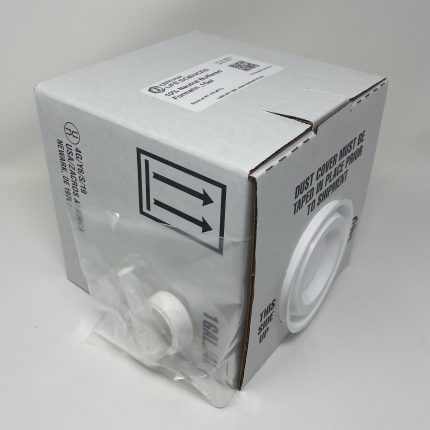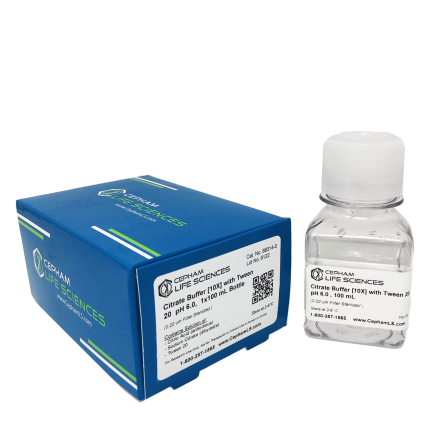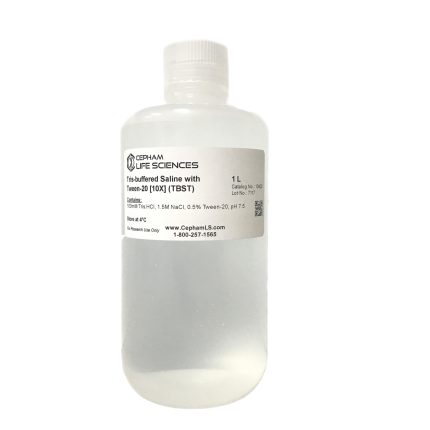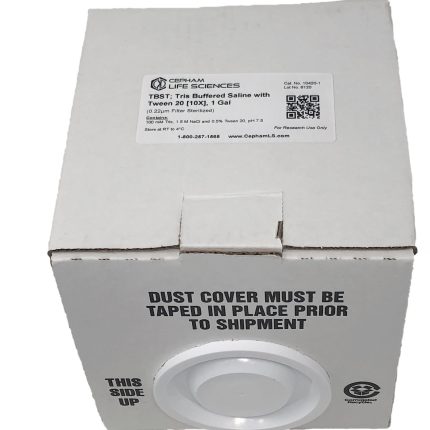Variations in dye contents form the basis for classifying hematoxylin stains into progressive or regressive categories. While progressive stains like Mayer’s hematoxylin with a lower dye content result in selective nuclear chromatin staining, the regressive stains like Harris’ hematoxylin are responsible for staining both nuclear and cytosolic components. Hematoxylin gets oxidized to hematein and combines with a mordant (mostly aluminum or iron salt) to generate the characteristic blue color visualized with light microscopy.
Gill’s Hematoxylin Stain is a progressive nuclear stain solution for cytology and histology applications available in three different strengths: Gill I (single strength), Gill II (double strength) and Gill III (triple strength). Gill III (triple strength) formulation is the preferred option for achieving intense nuclear staining with rapid run times in tissue sections. Gill’s hematoxylin III follows an optimized progressive staining pattern, thus decreasing the risk of overstaining the samples. In comparison to other classes of hematoxylin solutions, Gill’s hematoxylin is the only solution to successfully stain goblet cells in test samples for better visualization.
Gill I (single strength) – progressive cytology stain
Gill II (double strength) – progressive/regressive stain depending on duration of staining
Gill III (triple strength) – progressive/regressive stain depending on duration of staining
For extended stability, it is highly recommended to filter and store the product at room temperature, protected from light.
Features:
Convenient ready-to-use staining solution
Used for H&E staining procedures
Used as a counterstain in histology and cytology






